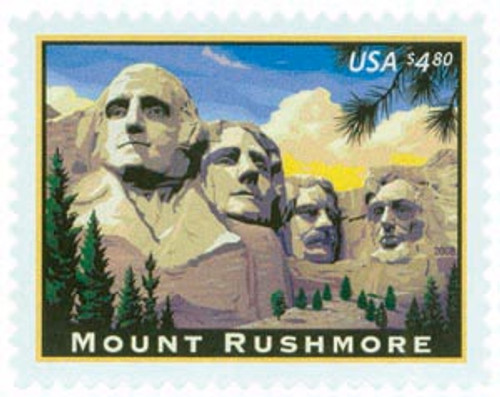
# 4269 PB - 2008 $16.50 Hoover Dam, Express Mail
Hoover Dam
Express Mail
Issue Date: June 6, 2008
City: McLean, VA
Dedication Of The Hoover Dam
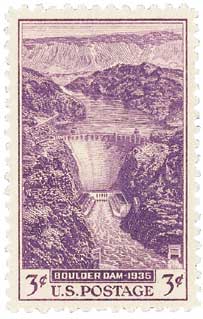
On September 30, 1935, President Franklin Roosevelt presided over the dedication ceremony of the Boulder Dam.
As early as 1900, Black Canyon and Boulder Canyon were studied to be considered for the possibility that either might be able to support a dam to control floods, provide irrigation water, and create hydroelectric power. Severe flooding of the Colorado River in 1905 spurred this movement and necessitated the building of a dam to control the waters.
In 1922, a commission was created to equally divide the Colorado River among the Basin States. The governors of Arizona, California, Colorado, Nevada, New Mexico, Utah, and Wyoming met with then-Secretary of Commerce Herbert Hoover. On November 24, the Colorado River Compact was signed, splitting the river basin among the states.
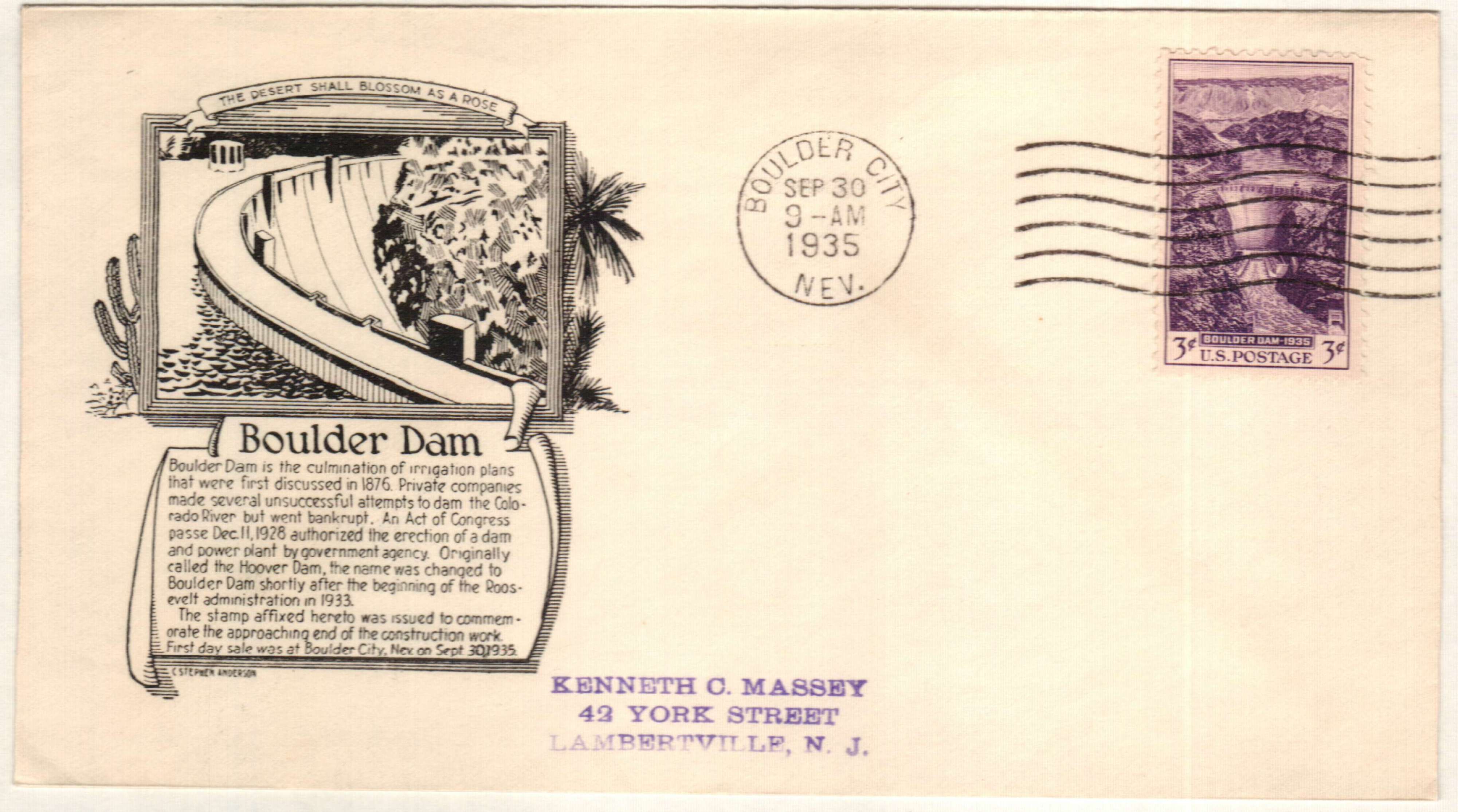
From this, the Boulder Dam Project (it was planned to be located in Boulder Canyon, but was later moved down the river to Black Canyon) was organized to construct a dam to keep silt and sediment out of the Colorado River. Approved by President Calvin Coolidge on December 21, 1928, the Boulder Canyon Project was ready to begin.
In the weeks and months after the dam was authorized, thousands of unemployed Americans made their way to southern Nevada to find work building the massive dam. The small city of Las Vegas, then home to about 5,000 people, saw a great influx of 10,000 to 20,000 people arrive. The government also set up a camp for the surveyors and other personnel. Squatter camps popped up around it, home to men hoping to find work along with their families.
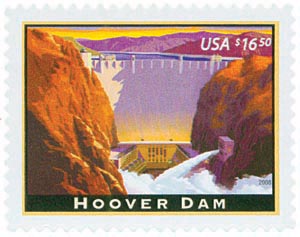
Construction on the dam began on April 29, 1931. At the same time the dam was being built, work began on Boulder City, to house the workers. By 1932, the dam employed over 3,000 workers. At its height in July 1934, there were 5,251 people working on the dam. Work on the dam was difficult. During the summer the temperature reached highs of 119 degrees, taking the lives of 16 workers and residents in one month alone. Over the course of the construction, 112 workers lost their lives.
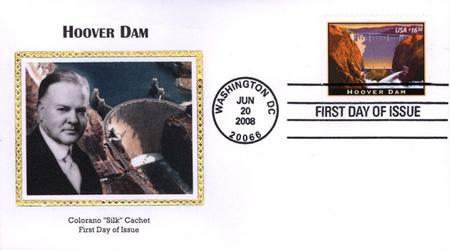
By the summer of 1935, most of the work on the dam itself was finished, though the powerhouse wasn’t entirely done yet. In September, President Franklin Roosevelt was going to be passing through on a western tour, so officials made arrangements for him to oversee a formal dedication ceremony. The ceremony was held at 11:00 a.m. on September 30, 1935. In spite of the hot 102-degree weather, some 10,000 people turned out for the dedication ceremony. President Roosevelt delivered a rousing address in honor of the dam and its workers:

“This morning I came, I saw and I was conquered, as everyone would be who sees for the first time this great feat of mankind…
“We are here to celebrate the completion of the greatest dam in the world, rising 726 feet above the bed-rock of the river and altering the geography of a whole region; we are here to see the creation of the largest artificial lake in the world—115 miles long, holding enough water, for example, to cover the State of Connecticut to a depth of ten feet; and we are here to see nearing completion a powerhouse which will contain the largest generators and turbines yet installed in this country, machinery that can continuously supply nearly two million horsepower of electric energy.
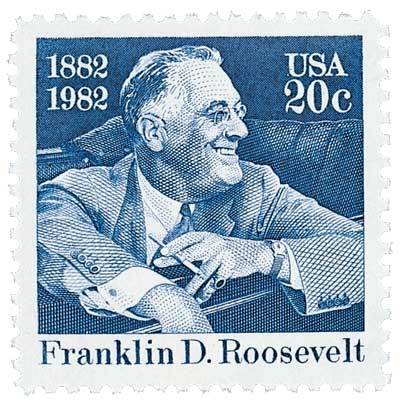
“All these dimensions are superlative. They represent and embody the accumulated engineering knowledge and experience of centuries; and when we behold them it is fitting that we pay tribute to the genius of their designers. We recognize also the energy, resourcefulness, and zeal of the builders, who, under the greatest physical obstacles, have pushed this work forward to completion two years in advance of the contract requirements. But especially, we express our gratitude to the thousands of workers who gave brain and brawn to this great work of construction.”
Work on the dam was finished in the coming months and it was officially handed over to the government on March 1, 1936.
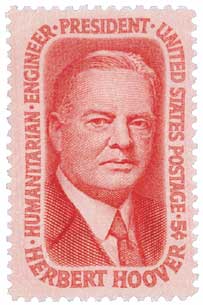
The dam’s name was a matter of contention for years. Leading up to the dam’s authorization, it was often called the Boulder Dam. But in 1930, Secretary of the Interior Ray Wilbur referred to it as Hoover Dam. He stated that dams were usually named after presidents, though many were quick to point out, not after sitting presidents. Wilbur insisted that Hoover was “the great engineer whose vision and persistence… has done so much to make the [the dam] possible.” Meanwhile, his critics quickly replied, “the Great Engineer had quickly drained, ditched, and dammed the country.”
After Hoover lost the election of 1932 to Roosevelt, the new president and his Secretary of the Interior, Harold Ickes, were insistent on calling it Boulder Dam. Both referred to it by this name at the dedication ceremony. However, in the coming years, both names were used. As America moved beyond from the Great Depression and Hoover redeemed himself during World War II, a bill was introduced to formally name the dam in his honor. It was passed in 1947, officially naming it the Hoover Dam.
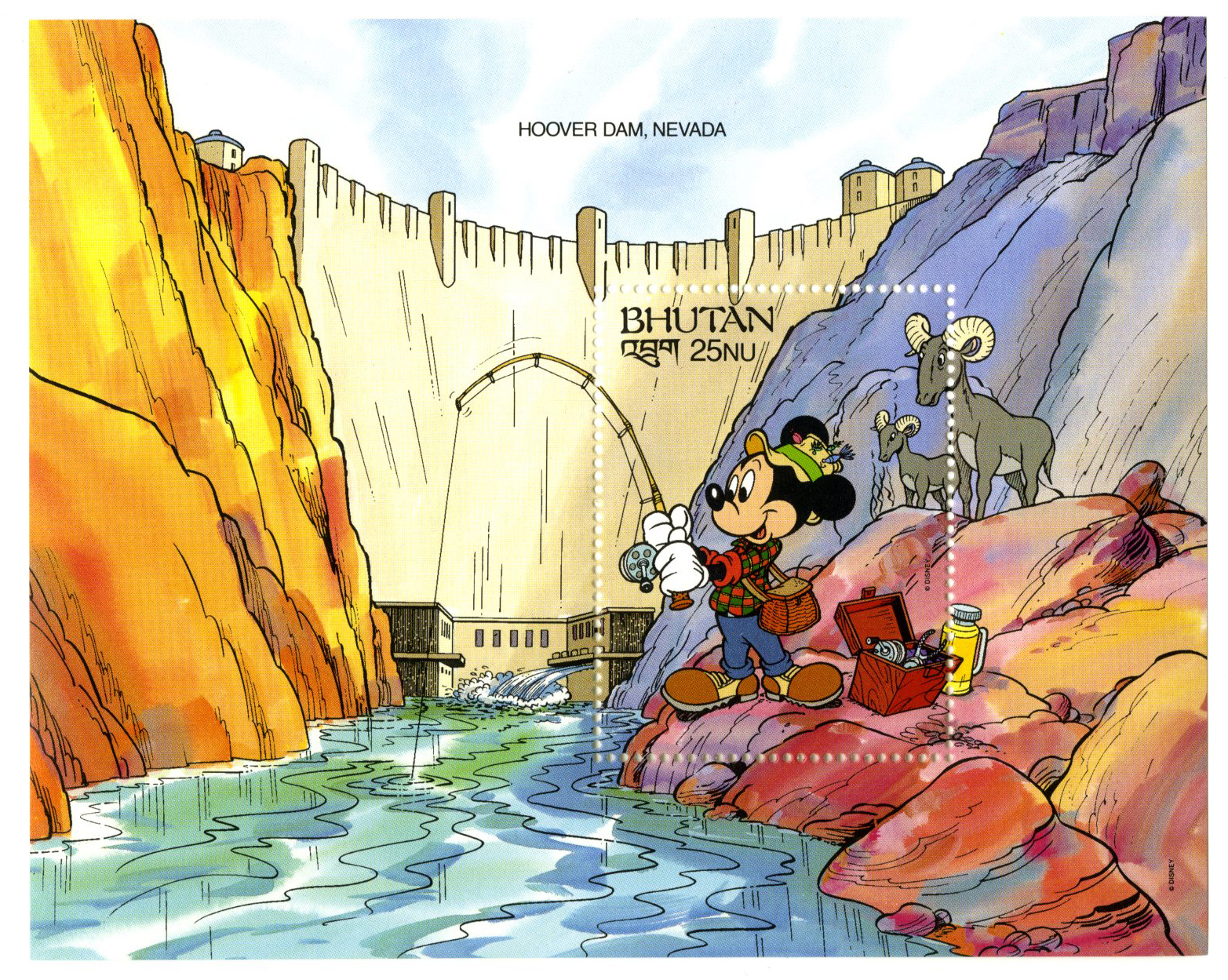
At 726 feet high and 1,244 feet long, the Hoover Dam is one of the highest concrete dams in the world. The Hoover Dam is 660 feet thick at its base and contains 4.5 million cubic yards of concrete. Its reservoir, Lake Mead, is one of the world’s largest man-made bodies of water. Lake Mead is 115 miles long and 589 feet deep. The dam controls floodwaters and provides water and hydroelectric power for much of the Southwestern US.
Click here to read President Roosevelt’s full dedication speech and here for a neat video about the dam.
Hoover Dam
Express Mail
Issue Date: June 6, 2008
City: McLean, VA
Dedication Of The Hoover Dam

On September 30, 1935, President Franklin Roosevelt presided over the dedication ceremony of the Boulder Dam.
As early as 1900, Black Canyon and Boulder Canyon were studied to be considered for the possibility that either might be able to support a dam to control floods, provide irrigation water, and create hydroelectric power. Severe flooding of the Colorado River in 1905 spurred this movement and necessitated the building of a dam to control the waters.
In 1922, a commission was created to equally divide the Colorado River among the Basin States. The governors of Arizona, California, Colorado, Nevada, New Mexico, Utah, and Wyoming met with then-Secretary of Commerce Herbert Hoover. On November 24, the Colorado River Compact was signed, splitting the river basin among the states.

From this, the Boulder Dam Project (it was planned to be located in Boulder Canyon, but was later moved down the river to Black Canyon) was organized to construct a dam to keep silt and sediment out of the Colorado River. Approved by President Calvin Coolidge on December 21, 1928, the Boulder Canyon Project was ready to begin.
In the weeks and months after the dam was authorized, thousands of unemployed Americans made their way to southern Nevada to find work building the massive dam. The small city of Las Vegas, then home to about 5,000 people, saw a great influx of 10,000 to 20,000 people arrive. The government also set up a camp for the surveyors and other personnel. Squatter camps popped up around it, home to men hoping to find work along with their families.

Construction on the dam began on April 29, 1931. At the same time the dam was being built, work began on Boulder City, to house the workers. By 1932, the dam employed over 3,000 workers. At its height in July 1934, there were 5,251 people working on the dam. Work on the dam was difficult. During the summer the temperature reached highs of 119 degrees, taking the lives of 16 workers and residents in one month alone. Over the course of the construction, 112 workers lost their lives.

By the summer of 1935, most of the work on the dam itself was finished, though the powerhouse wasn’t entirely done yet. In September, President Franklin Roosevelt was going to be passing through on a western tour, so officials made arrangements for him to oversee a formal dedication ceremony. The ceremony was held at 11:00 a.m. on September 30, 1935. In spite of the hot 102-degree weather, some 10,000 people turned out for the dedication ceremony. President Roosevelt delivered a rousing address in honor of the dam and its workers:

“This morning I came, I saw and I was conquered, as everyone would be who sees for the first time this great feat of mankind…
“We are here to celebrate the completion of the greatest dam in the world, rising 726 feet above the bed-rock of the river and altering the geography of a whole region; we are here to see the creation of the largest artificial lake in the world—115 miles long, holding enough water, for example, to cover the State of Connecticut to a depth of ten feet; and we are here to see nearing completion a powerhouse which will contain the largest generators and turbines yet installed in this country, machinery that can continuously supply nearly two million horsepower of electric energy.

“All these dimensions are superlative. They represent and embody the accumulated engineering knowledge and experience of centuries; and when we behold them it is fitting that we pay tribute to the genius of their designers. We recognize also the energy, resourcefulness, and zeal of the builders, who, under the greatest physical obstacles, have pushed this work forward to completion two years in advance of the contract requirements. But especially, we express our gratitude to the thousands of workers who gave brain and brawn to this great work of construction.”
Work on the dam was finished in the coming months and it was officially handed over to the government on March 1, 1936.

The dam’s name was a matter of contention for years. Leading up to the dam’s authorization, it was often called the Boulder Dam. But in 1930, Secretary of the Interior Ray Wilbur referred to it as Hoover Dam. He stated that dams were usually named after presidents, though many were quick to point out, not after sitting presidents. Wilbur insisted that Hoover was “the great engineer whose vision and persistence… has done so much to make the [the dam] possible.” Meanwhile, his critics quickly replied, “the Great Engineer had quickly drained, ditched, and dammed the country.”
After Hoover lost the election of 1932 to Roosevelt, the new president and his Secretary of the Interior, Harold Ickes, were insistent on calling it Boulder Dam. Both referred to it by this name at the dedication ceremony. However, in the coming years, both names were used. As America moved beyond from the Great Depression and Hoover redeemed himself during World War II, a bill was introduced to formally name the dam in his honor. It was passed in 1947, officially naming it the Hoover Dam.

At 726 feet high and 1,244 feet long, the Hoover Dam is one of the highest concrete dams in the world. The Hoover Dam is 660 feet thick at its base and contains 4.5 million cubic yards of concrete. Its reservoir, Lake Mead, is one of the world’s largest man-made bodies of water. Lake Mead is 115 miles long and 589 feet deep. The dam controls floodwaters and provides water and hydroelectric power for much of the Southwestern US.
Click here to read President Roosevelt’s full dedication speech and here for a neat video about the dam.





